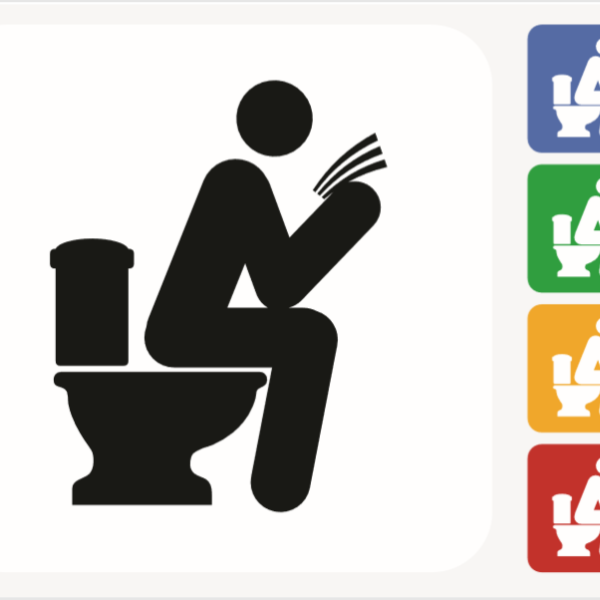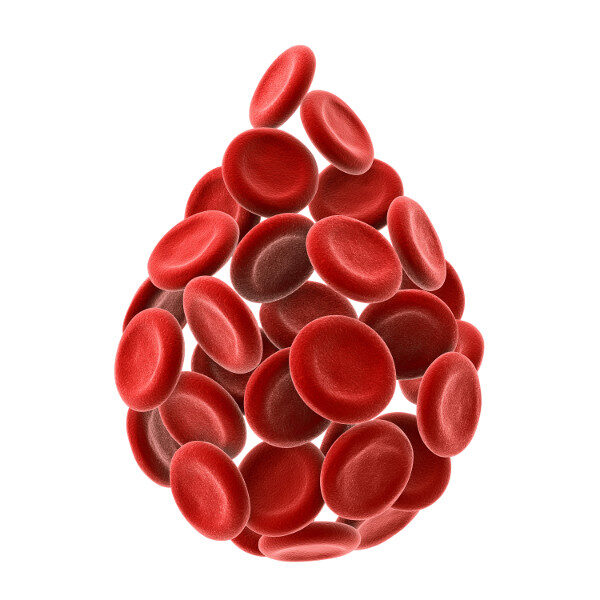What is Lyme Borrelia?
Lyme Borrelia is the bacteria that causes Lyme disease, a tick-borne illness. Borrelia burgdorferi is the primary species responsible for infection in North America.
Why Test for Lyme Borrelia?
Lyme borreliosis infection can present many ways after exposure, and can cause both acute and chronic illness. It can be clinically diagnosed by a healthcare provider based on a patient’s medical history, current symptoms, and exposure risk. Laboratory test results are used to confirm or support diagnosis and can also be used post-treatment to monitor therapeutic interventions. The good news is that Lyme Disease is treatable and preventable, especially when detected early.
How Can Someone Be Exposed?
Humans and animals can be exposed to Borrelia bacteria if they live in or travel to Lyme-endemic areas. Exposure can occur both outdoors and indoors through contact with ticks, or through working with or living alongside animals that have been exposed to ticks. The primary vector for transmission is the bite of an infected blacklegged tick (deer tick).
When infected ticks detach from their host, such as deer or other animals, they may be unknowingly picked up by humans or their companion pets, becoming the next host for the infected tick. This can lead to the transmission of Borrelia and the subsequent development of Lyme disease.
How Does the Lyme Borrelia Nanotrap® Antigen Test Compare to Serology Tests?
The Nanotrap® Antigen Test is a direct detection test method that captures and concentrates OspA antigen to more accurately confirm Lyme disease diagnosis. Serology tests are indirect, detecting the presence of antibodies to Borrelia burgdorferi, only confirming prior exposure.
The Center for Disease Control (CDC) recommends using two-tier testing (TTT). This platform combines two test methods (ELISA and Western blot) aimed at detecting antibodies specific to Borrelia species. However, antibody (IgM and IgG) testing for Lyme borreliosis faces multiple challenges including:
- Limited sensitivity in the absence of a robust immune response.
- Delayed antibody response up to 4-6 weeks after transmission.
- False positive diagnosis based on antibodies detected after an infection is actually cleared.
- False positive test result due to antibody cross-reactivity with other microbes who share similar proteins.
- Complicated and controversial interpretation of Western blot results with an important trade off between false positive and false negative risks depending on interpretation criteria.
The Nanotrap® test is targeting the OspA protein, which can be found on the surface of Borrelia species belonging to both major groups (sensu stricto and sensu lato). The test will only determine if OspA is present, not which Borrelia species was detected.
MosaicDX offers nine (9) individual tests and combinations of the most common Lyme and co-infections in North America, with options designed to meet every practitioner’s need.
Optimize your results by following these recommendations:
Is there anything that needs to be avoided prior to the Urine Nanotrap test that can cross-react or affect results?
Generally: Recommend that females do not submit samples while heavy menstruation, as large amounts of blood inhibit the test.
If the patient consumes a lot of water the night before per instructions of the provider, will that skew the results?
No, it shouldn’t. It actually might potentially help dislodge any bacteria stuck to the bladder wall by flushing them out into the urine (like with E. coli for a UTI).
Are there any age restrictions?
No, but collecting on younger children can be a bit difficult. Collecting multiple samples within a 24-hour period is okay. IFA will be hard on kids under 2, due to how antibodies are developed in children.
I have a urine specimen in the freezer, can I send it in?
No, urine specimens for Lyme + Co-infections tests should not be frozen.
How much urine is needed for the urine Nanotrap test?
40 mL of urine is the required minimum volume for the test.
Turn Around Time: 2-3 weeks
Sample Report
Collection Instructions



